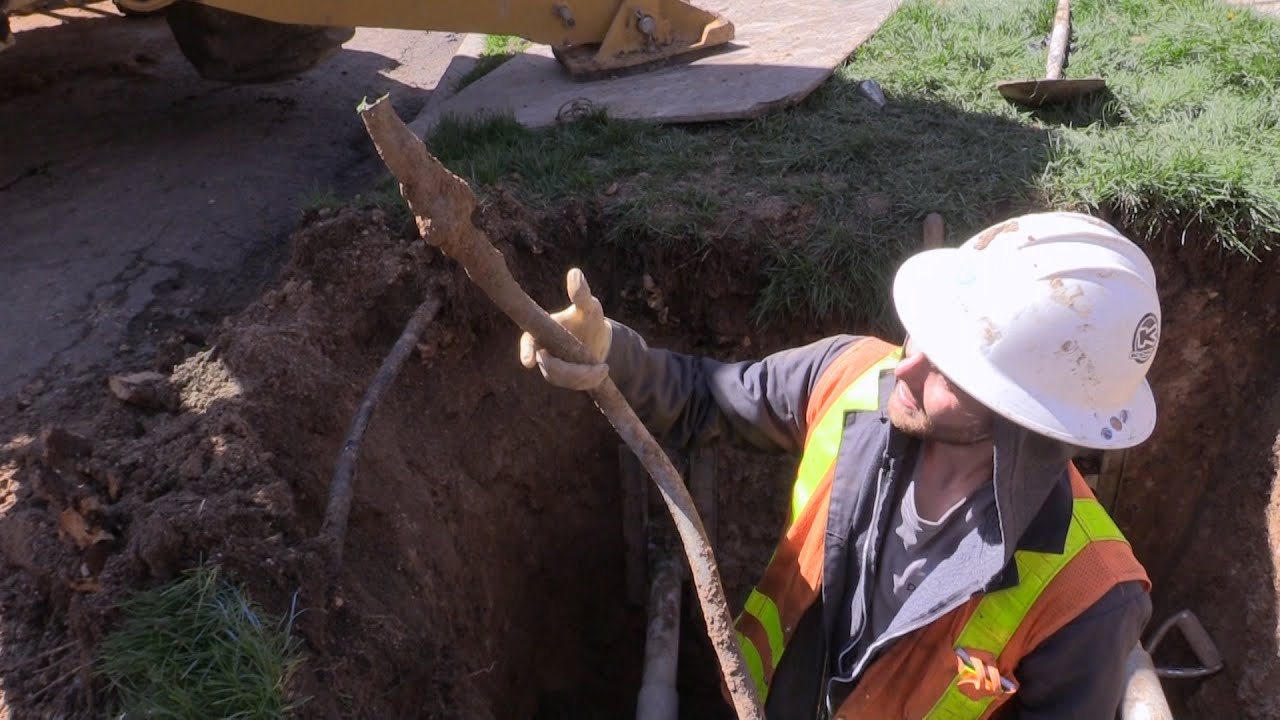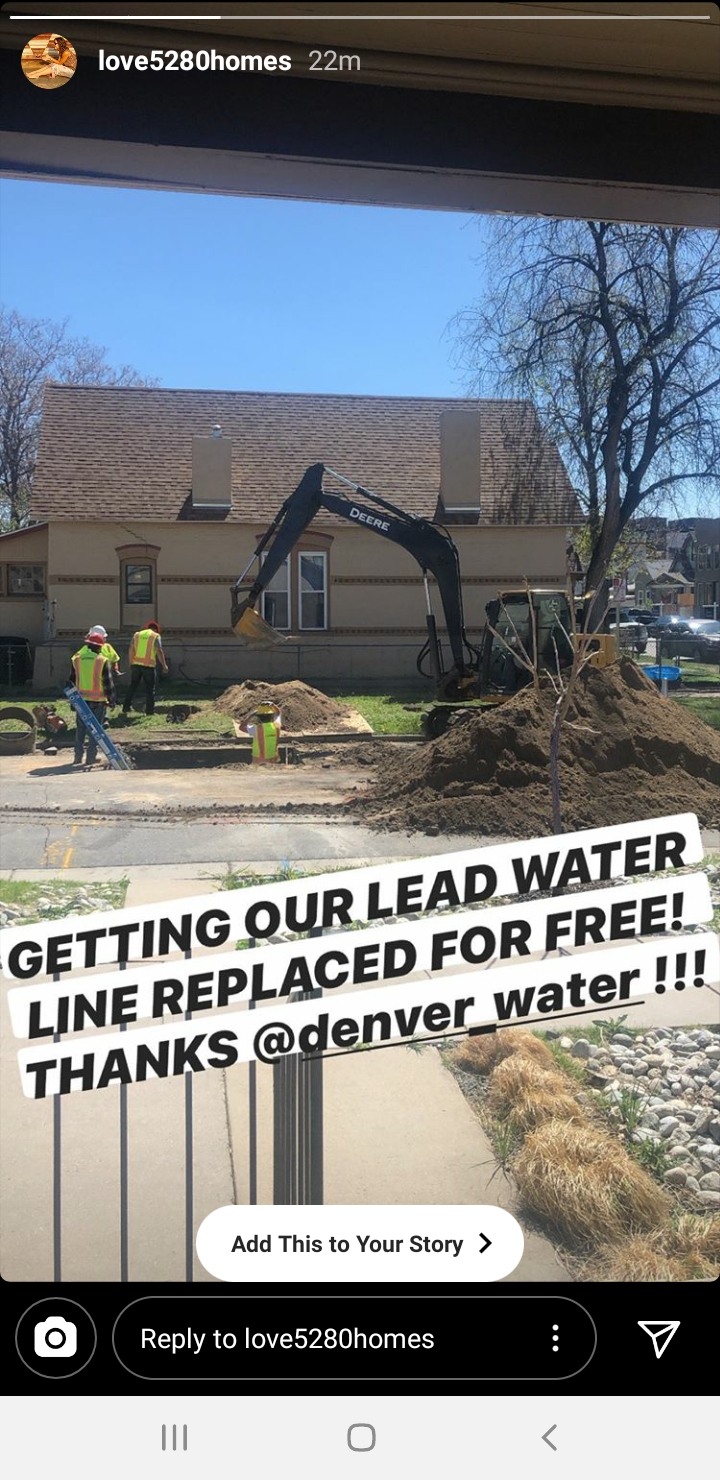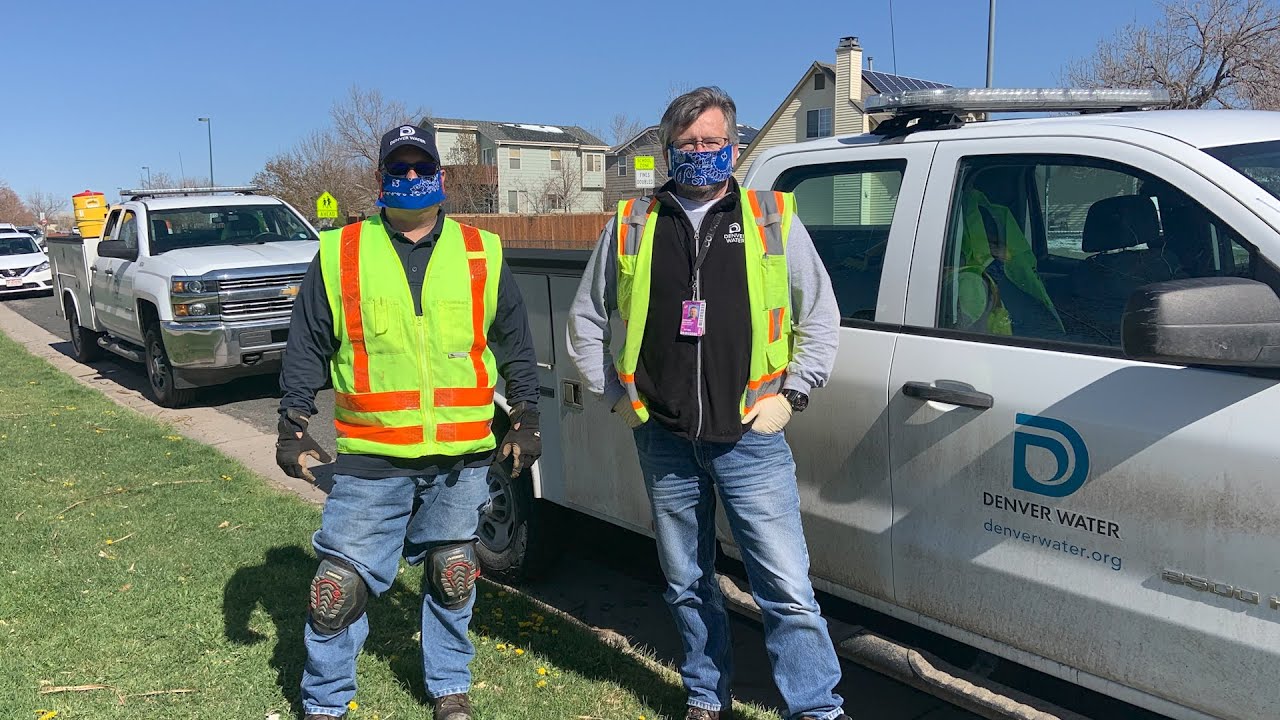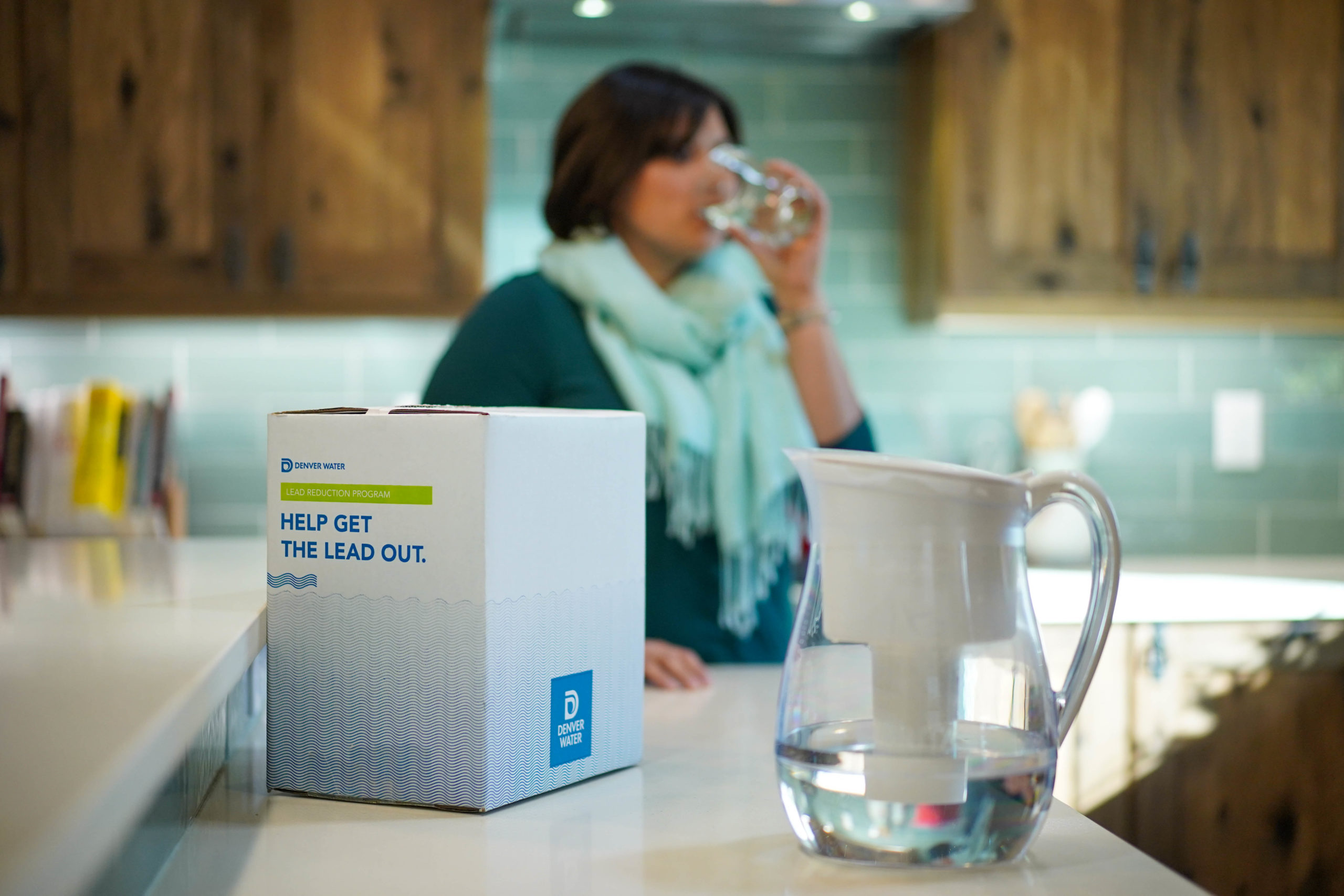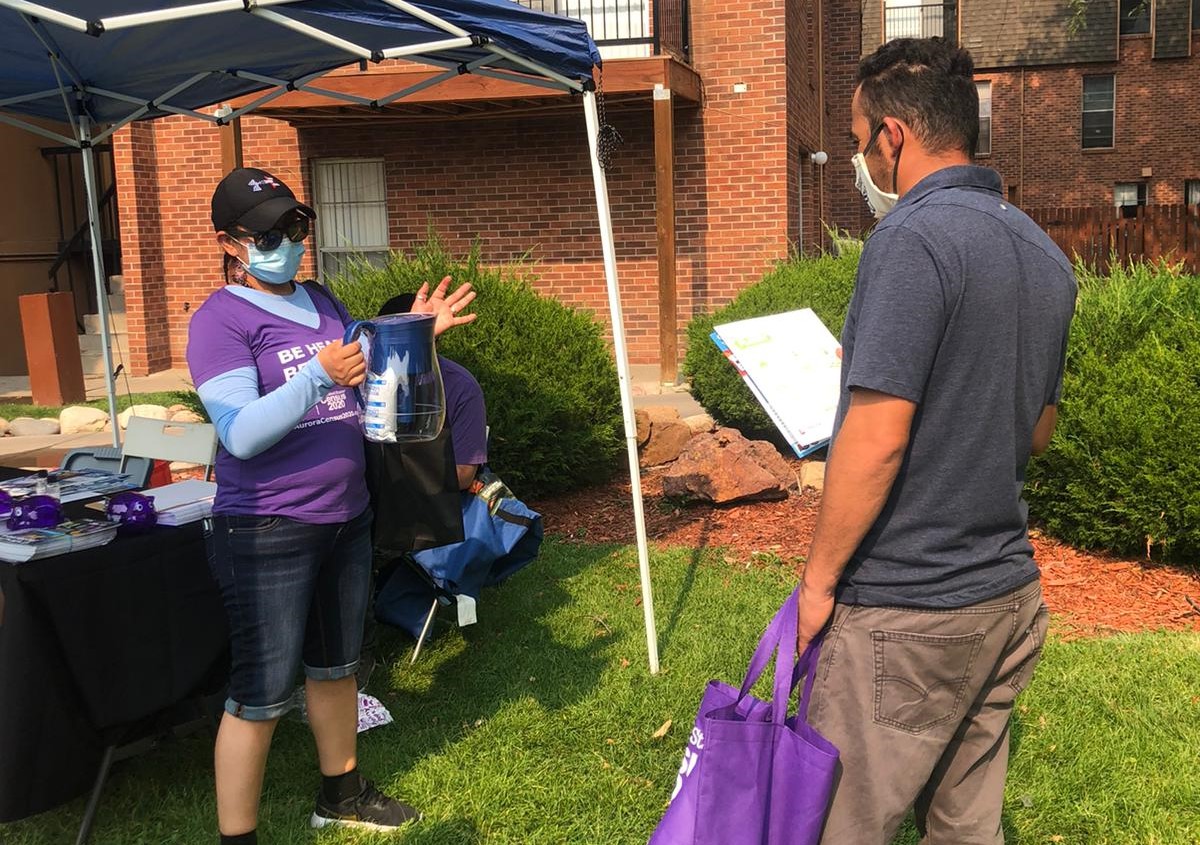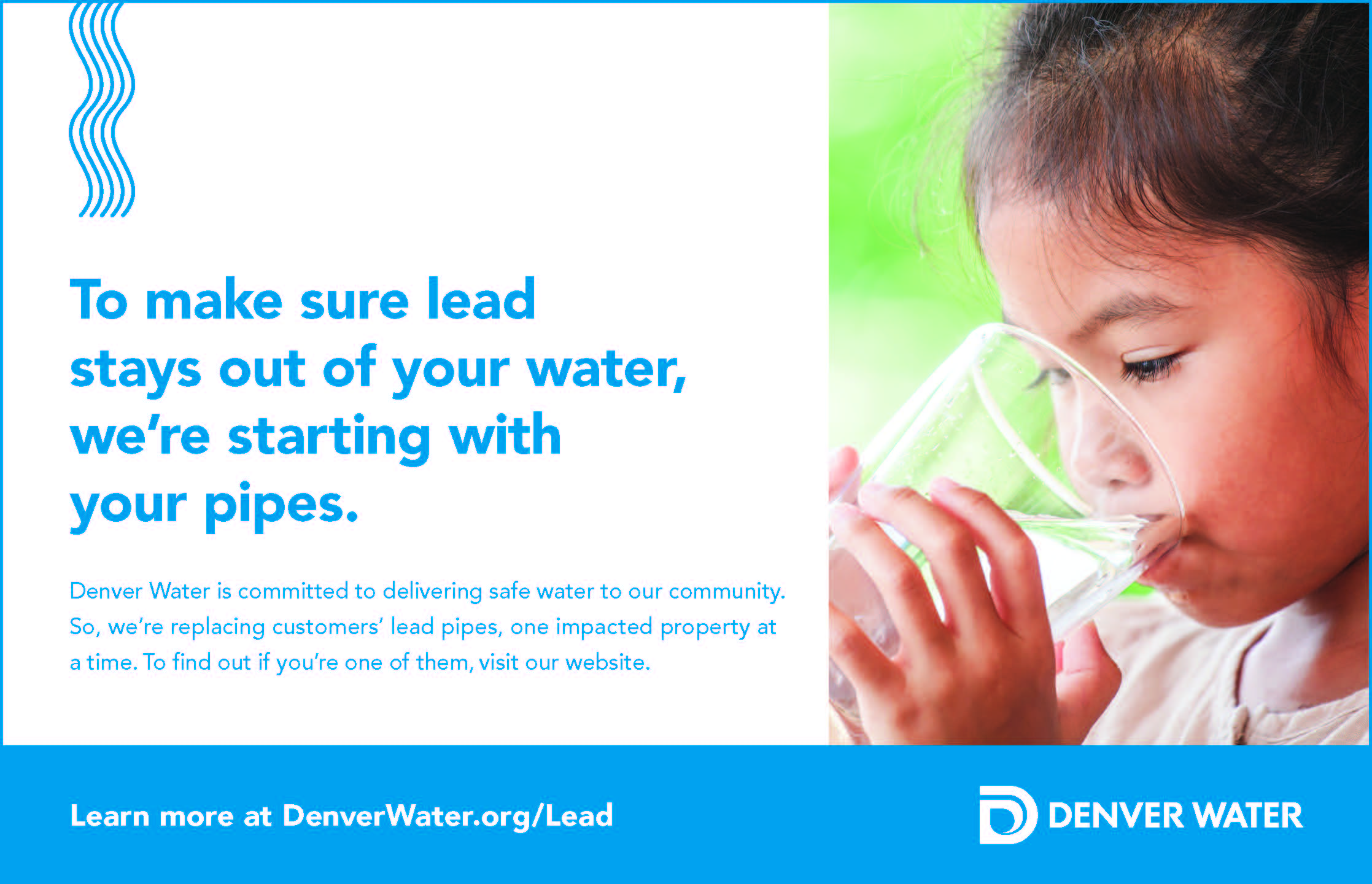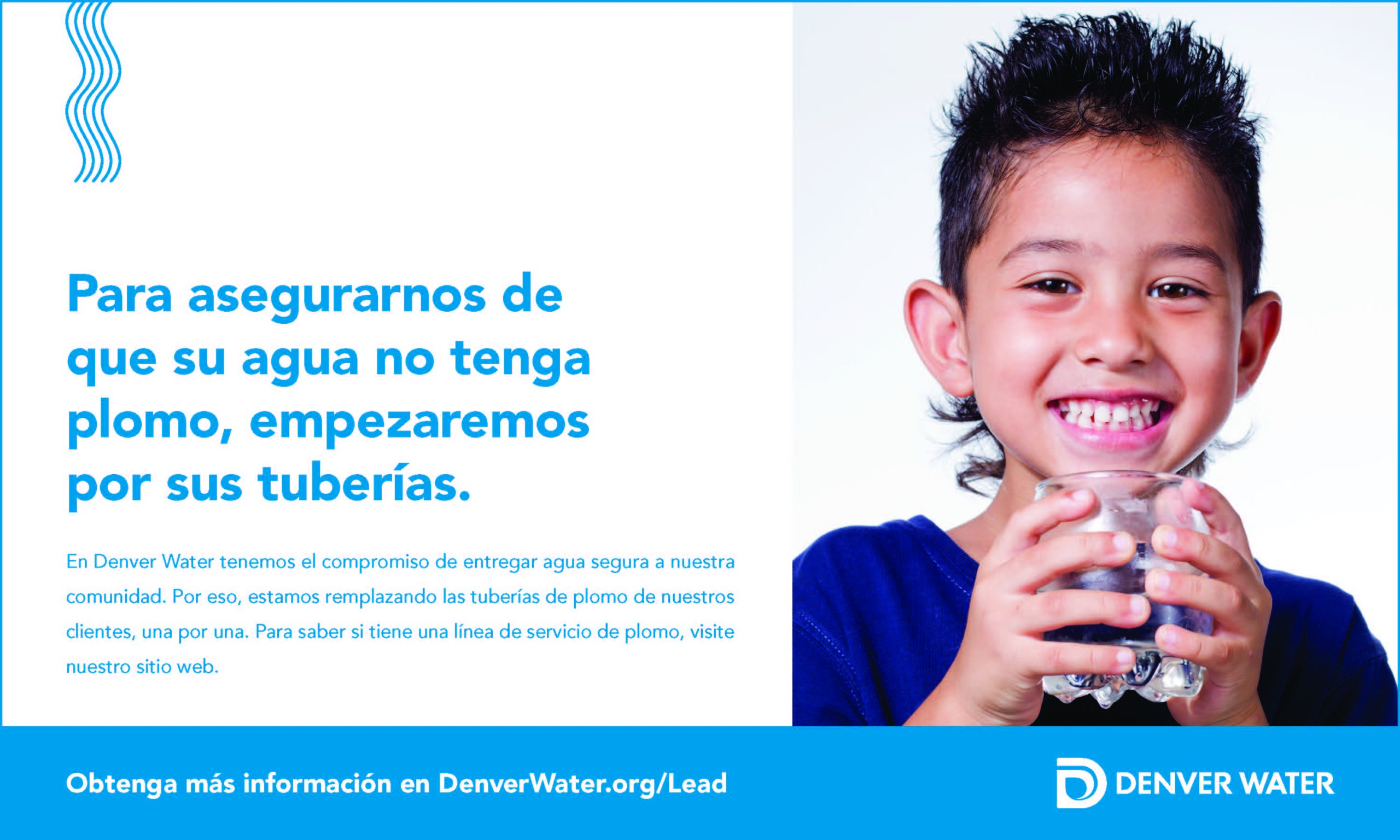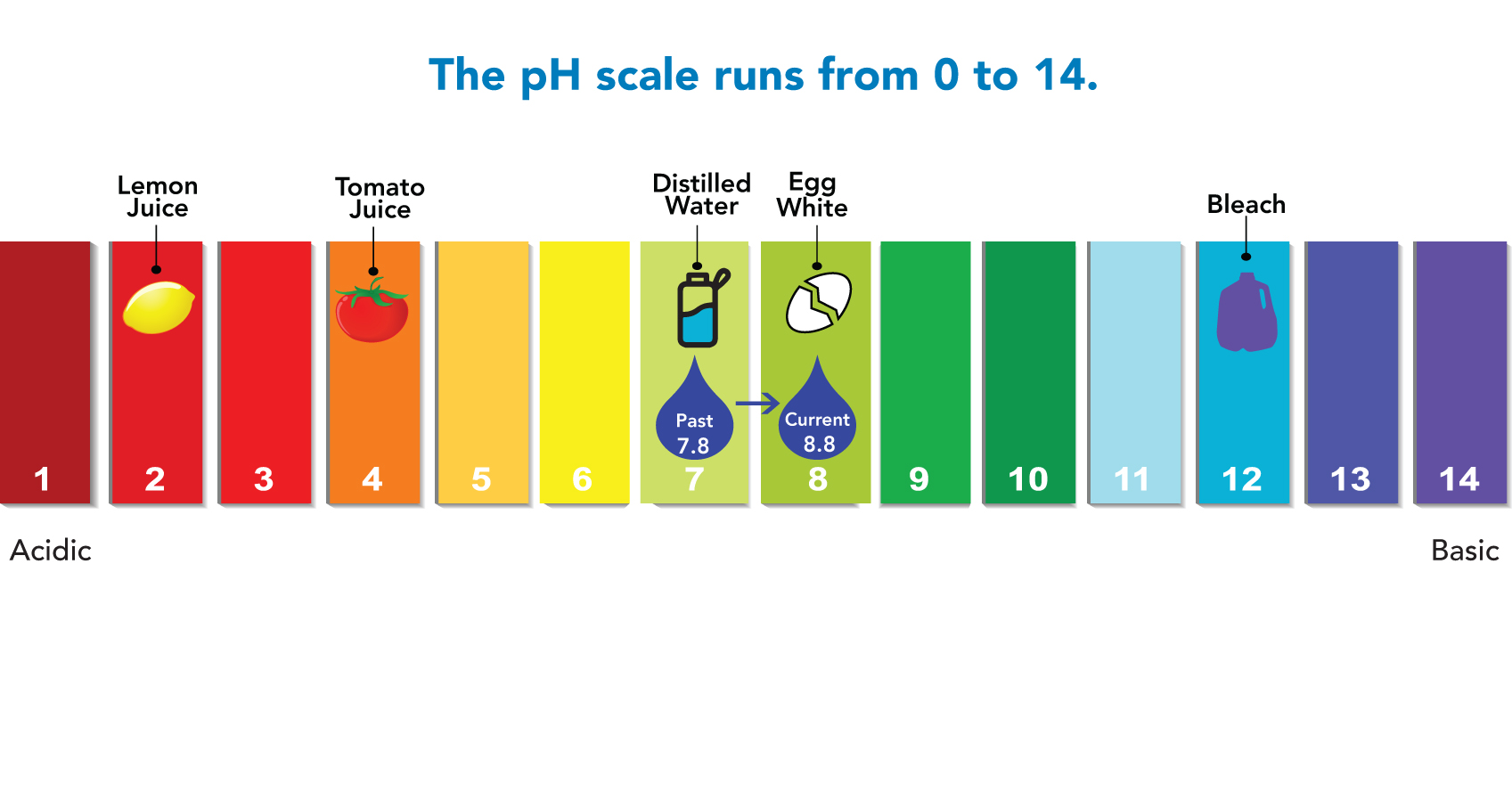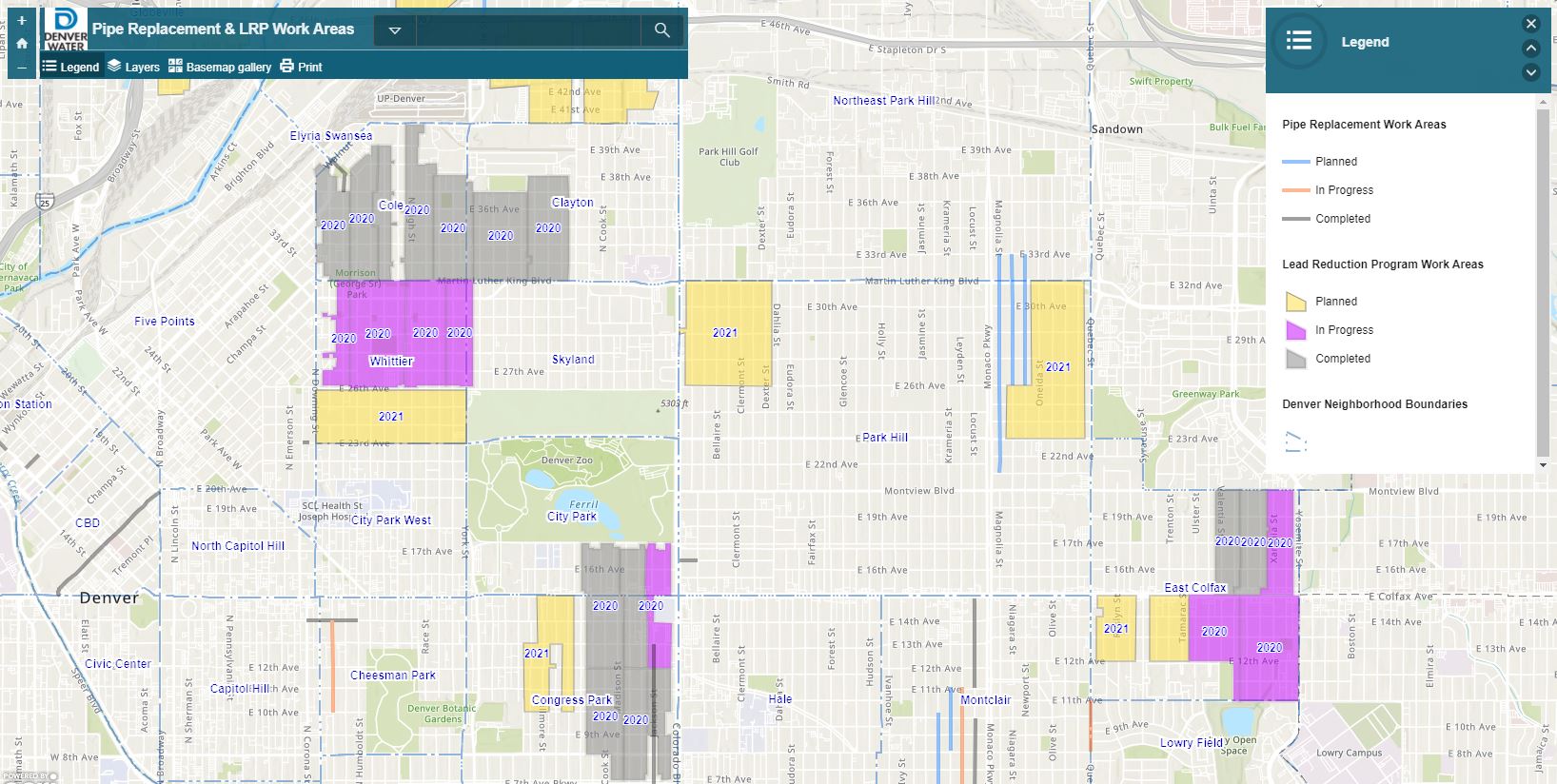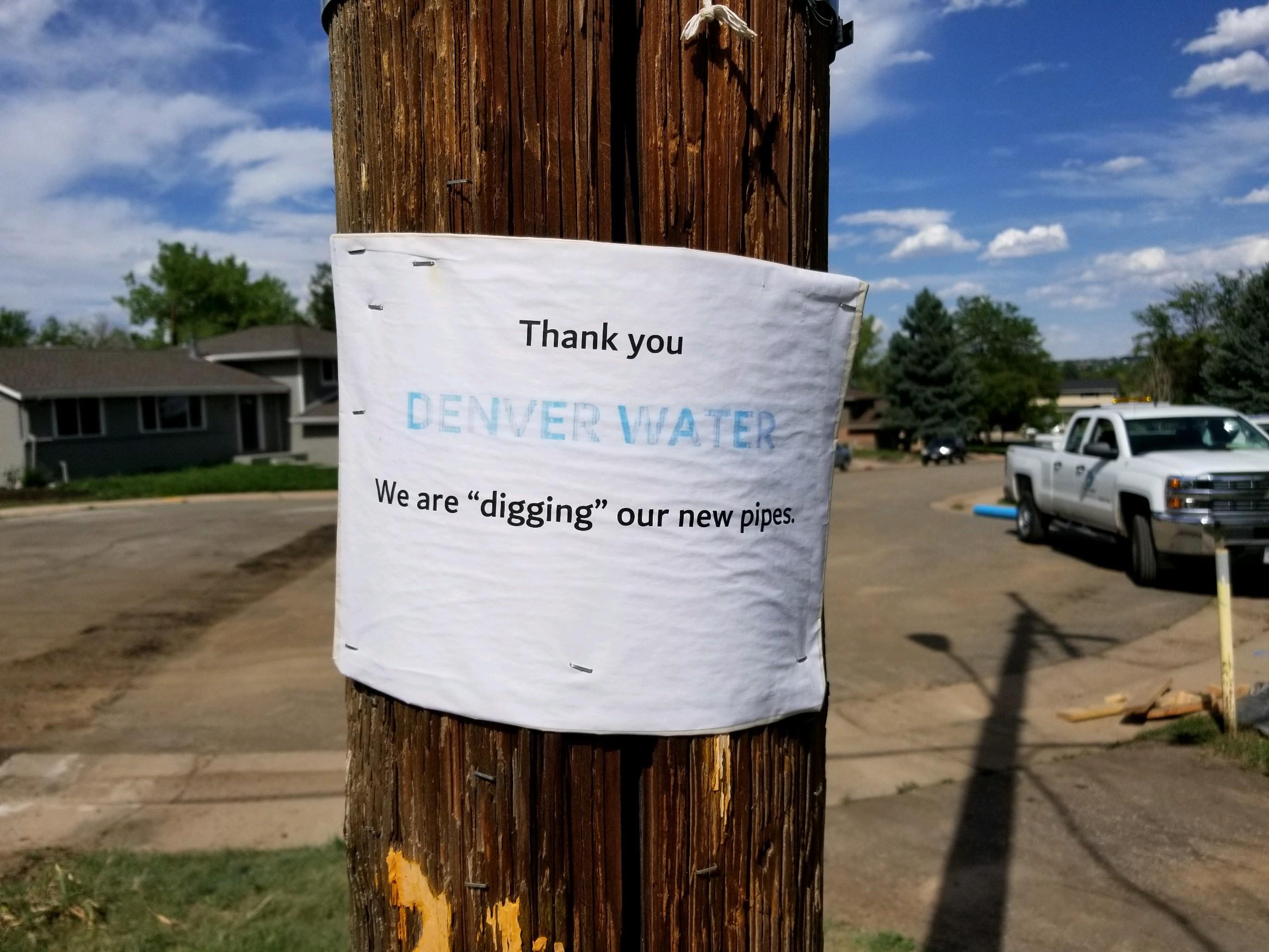
2020 Lead Reduction Program by the numbers
In a year when so much was canceled or put on hold, one program remained steadfast for Denver area residents: the Lead Reduction Program.
The first year of Denver Water’s groundbreaking public health initiative has been a huge success — despite the COVID-19 pandemic that hit just as the massive program was getting underway.
“Achieving the many ambitious, first-year goals of the program — which is itself on a scale and scope that’s never been tried before — and succeeding while a pandemic unfolds around us is absolutely extraordinary,” said Jim Lochhead, the CEO/Manager of Denver Water. “Elements of this program have been implemented on smaller scales across the country, but nothing that’s this wide-ranging, involving so many lines, so many customers, and so many methods of protecting our families, friends and neighbors from the risk of lead.”
Here’s a look at the program’s success, by the numbers:
5,200
In 2020, the program exceeded its goal of replacing 4,477 water service lines that contained lead — at no direct charge to the customer — with more than 5,200 lines replaced throughout the community.
While there is no lead in the water Denver Water delivers to customers, lead can get into drinking water as it passes through customer-owned service lines and internal plumbing and fixtures that contain lead.
The service line is the pipe that brings water from the delivery main in the street into the home or business. With year one of the program done, it will take another 14 years, through 2035, to replace the estimated 64,000 to 84,000 lead service lines that are in Denver Water’s service area.
Without the program in place to accelerate the replacement efforts, Denver Water estimates it would have taken decades to remove all the lead service lines in its service area, as its crews replace them when encountered during routine maintenance or emergency work.
In the early days of the pandemic, stay-home orders meant customers looking forward to new lead-free copper lines were suddenly wary of allowing trained contractors into their homes.
In response, the program pivoted to focus on work that could be done at a distance, such as gathering signed consent forms and communicating about the work with customers — allowing the replacement work to move quickly once it could resume. Crews focused on finding and replacing lead service lines at schools and businesses that were unexpectedly empty.
And new guidelines were instituted, with masks required for customers and workers when work inside the home resumed.
100,000
More than 100,000 pitchers and water filters certified to remove lead were distributed to customers enrolled in the program to use for drinking, cooking and preparing infant formula. Replacement filters will continue to be sent to these customers every six months until after their lead line has been replaced with a copper line.
13,000
Before COVID-19 hit, the program’s outreach plans had included efforts to connect with different communities through in-person meetings with neighborhood and community groups. The pandemic didn’t stop that effort, but the team revised plans and switched to hosting presentations online with questions and answer sessions.
Throughout the summer, one-hour virtual evening meetings, in English with Spanish translation, were held in neighborhoods where work was planned and underway, ultimately drawing more than 8,800 people. (Watch the meetings here.)
But the program didn’t stop there.
Denver Water also created an Ambassador Program that partners with trusted community organizations, including iNOW and CREA Results, to help eliminate additional barriers and reach groups that speak other languages.
Those two partners organizations reached another 4,200 people through their events, videos and other efforts.
All told, the efforts reached more than 13,000 people during the first year.
5 million
Information about the program was regularly shared with customers via 5 million mailings, digital communications and phone calls in both English and Spanish.
The regular use of those two languages alone allows Denver Water to reach 95% of the households enrolled in the Lead Reduction Program.
≥ 8.5
The utility also raised the pH of the water it delivers to customers to be in a range between 8.5 and 9.2, with a target of 8.8.
"As you can imagine, this doesn’t just happen with the flip of a switch," said Lochhead. "And, our amazing teams of water quality experts and scientists had to complete the implementation as we were in the middle of executing our dispersed operations plans in response to the pandemic. It was a great example of how we work at Denver Water. We come together. We improve. And ultimately, we deliver on our mission — no matter how tough the circumstances.”
This shift strengthened an existing protective coating in customer-owned service lines, household plumbing and fixtures, reducing the potential for lead to get into drinking water. The change didn’t affect the water’s taste or smell or change the hardness of the water.
What’s next?
In 2021, the program will replace lead service lines in several neighborhoods, including Baker, Barnum, Barnum West, Congress Park, East Colfax, Elyria-Swansea, Globeville, Park Hill, Sunnyside, West Highland and Whittier.
“Denver Water has a history of leading the way, overcoming challenges and accomplishing our goals, all because of our dedicated, amazing employees,” Lochhead said. “We have delivered on our first-year goals and we will continue to deliver, year after year, until we are finished.”
Approved by health officials at the Environmental Protection Agency and the Colorado Department of Public Health and Environment in December 2019, the Lead Reduction Program launched Jan. 1, 2020. To learn more about the program and to view an interactive map identifying properties at risk, visit denverwater.org/Lead.


